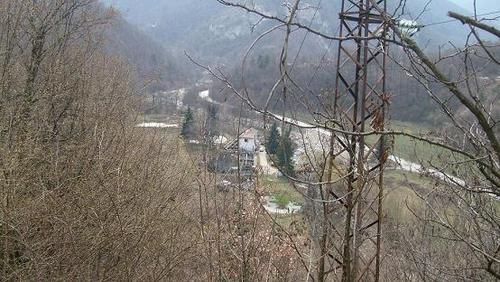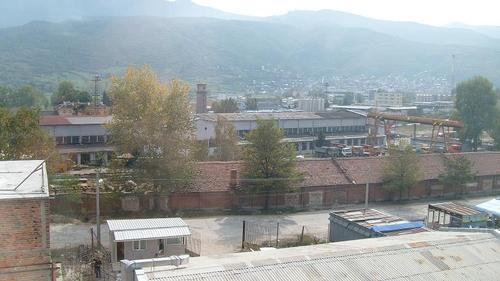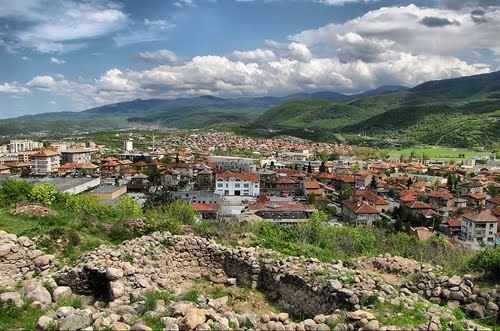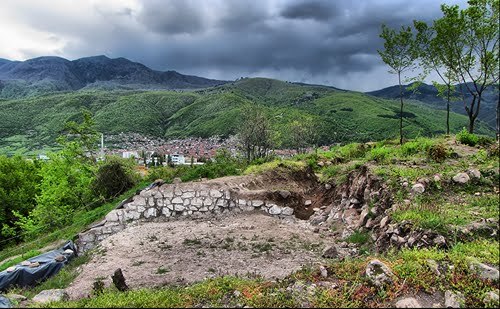USEFUL INFORMATION ABOUT ALL CITIES, VILLAGES AND RESORTS IN BULGARIA
Settlement:
Town/Village:
- village of Aleko-konstantinovo
- village of Aprilci
- village of Bata
- town of Batak
- town of Belovo
- town of Bracigovo
- village of Bratanica
- village of Byaga
- village of Cerovo
- village of Chernogorovo
- village of Crancha
- village of Dinkata
- village of Dolno varshilo
- village of Dorkovo
- village of Dragor
- village of Gabrovica
- village of Gelemenovo
- village of Govedare
- village of Hadzhievo
- village of Ivaylo
- village of Kalugerovo
- village of Kapitan Dimitrievo
- village of Karabunar
- town of Kostandovo
- village of Kovachevo
- village of Kozarsko
- village of Krali marko
- village of Lesichovo
- village of Menenkyovo
- village of Mokrishte
- village of Oborishte
- village of Ognyanovo
- village of Ovchepolci
- village of Pamidovo
- town of Panagyurishte
- village of Panagyurski kolonii
- village of Patalenica
- town of Peshtera
- village of Pishtigovo
- village of Poibrene
- village of Popinci
- village of Radilovo
- town of Rakitovo
- village of Ravnogor
- village of Rozovo
- town of Sarnica
- village of Sbor
- town of Septemvri
- village of Simeonovec
- village of Srebrinovo
- town of Strelcha
- resort Tsigov chark
- village of Velichkovo
- town of Velingrad
- town of Vetren
- village of Vetren dol
- village of Yunacite
- village of Yundola
- village of Zhrebichko
- village of Zvanichevo
Town of Peshtera
See it on the map Bulgarian properties in Pazardzhik Region - PeshteraLocation
Peshtera is a town in southwestern Bulgaria, part of Pazardzhik Province, located in the Upper Thracian Lowlands at the foot of the Western Rhodopes. It takes its name from the many caves (peshtera is the Bulgarian word for 'cave') found in the vicinity.
History
The first traces of human presence in the area date from the Neolithic. The Thracian tribe of the Bessi inhabited the area in Antiquity and the settlement in the Peshtera Valley emerged in the fourth century BC.
The earliest piece of writing documenting the town's name dates from 1479, when Peshtera was part of the fief of a certain Mustafa in the Ottoman Empire. During the Bulgarian National Revival, many churches, bridges, fountains, schools and houses were built. The first secular school in Peshtera was opened in 1848, while the Nadezhda community centre emerged in 1873.
Many local residents took part in the armed struggle for the Liberation of Bulgaria, the town itself being liberated during the Russo-Turkish War of 1877-78, more precisely on 6 January 1878.
In 1876, the town had 800 households. The first official Bulgarian census in 1880 stated 758 households and 3,871 inhabitants, of which 2,618 Bulgarians, 856 Turks, 341 Greeks (most actually Aromanians), 53 Roma and a single Karakachan. Five years later, in 1885, Peshtera had a population of 4,704 and 876 households.
Landmarks
At a distance of around 5 km from the town of Peshtera (along the road to Batak) one of the most beautiful caves in Bulgaria is to be found - the Snejanka Cave. Nearby is the Peshtera HEP plant.
Snezhanka is a cave located in the Rhodope Mountains, some 5 km away from the town of Peshtera, southern Bulgaria. In modern times it was discovered in 1961. Despite its low negotiability (about half an hour uphill), some of the most beautiful cave formations in Bulgaria can be seen inside. The cave is relatively small. It is only 145 metres long, with a constant annual temperature of 6oC, and was formed by the Novomahlenska River 3.5 million years ago.
The cave is rich in stalactites, stalagmites, draperies and little sinter lakes. It consists of several beautiful halls: Udders Hall, The Large Hall, The Music Hall, linked by the Toppling over which a metal bridge runs. In the Wonderful Hall, built by snow-white crystal sinter, nature has shaped a figure, often likened to the fairy tale character Snow White, after which the cave was named.
In the middle of the cave there are circular hearths, where animal bones and artifacts dating back to early Iron Age were discovered. The Thracians used the cave as a refuge from their enemies.
Snezhanka is among the 100 National Touristic Places of the Bulgarian Touristic Union. It is electrified and appropriate for tourism. The cave is open for visitors.
Interesting... The town is also well-known for producing one of Bulgaria's best loved alcoholic drinks.
Sources: Official website of Peshtera town, Wikipedia.org

















